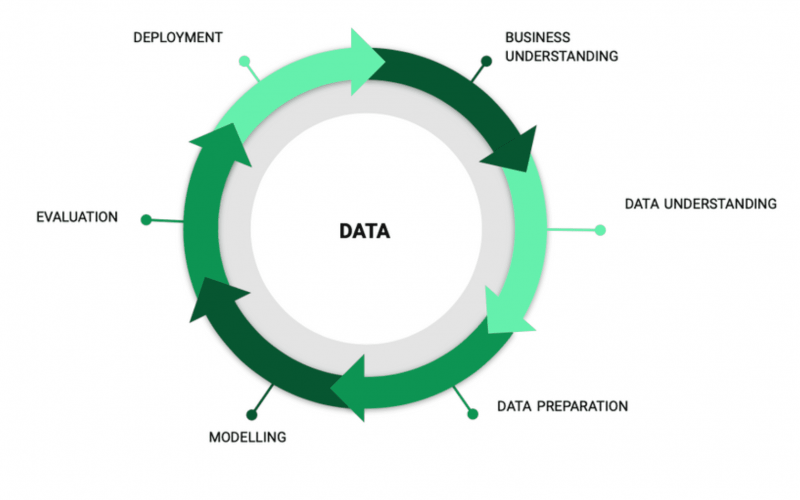Model training, evaluation, and deployment are important steps in the machine learning workflow that enable the development of effective and reliable models. Here’s an overview of these steps:
- Model Training:
Model training involves the process of feeding labeled data into a machine learning algorithm to learn the underlying patterns and relationships. The steps for model training typically include:
- Data Preparation: Preprocess the data, including handling missing values, scaling features, and encoding categorical variables.
- Splitting Data: Divide the labeled data into training and validation sets. The training set is used to train the model, while the validation set helps assess its performance.
- Model Selection: Choose an appropriate machine learning algorithm or model architecture based on the problem type, data characteristics, and desired outcomes.
- Model Training: Fit the chosen model to the training data, optimizing its parameters or weights to minimize a defined loss or error function.
- Hyperparameter Tuning: Fine-tune the model’s hyperparameters (settings that are not learned but specified by the user) to optimize its performance. This may involve techniques like grid search, random search, or Bayesian optimization.
- Cross-Validation: Perform cross-validation to evaluate the model’s performance across multiple subsets of the training data, helping to assess its generalization capabilities.
- Model Evaluation:
Model evaluation is the process of assessing the trained model’s performance and determining how well it generalizes to unseen data. The main steps for model evaluation include:
- Performance Metrics: Choose appropriate evaluation metrics based on the problem type. Common metrics include accuracy, precision, recall, F1 score, mean squared error, or area under the curve (AUC).
- Evaluation on Validation Set: Assess the model’s performance on the validation set to determine its accuracy and generalization capabilities. This helps identify potential issues like overfitting or underfitting.
- Iterative Improvement: Analyze the model’s performance, identify areas of improvement, and iterate on the training process by adjusting hyperparameters, modifying features, or exploring different algorithms.
- Model Deployment:
Model deployment involves making the trained model available for use in real-world applications to make predictions or perform tasks. The steps for model deployment include:
- Saving the Model: Serialize the trained model into a file or format that can be easily loaded and used at a later stage.
- Input Data Processing: Prepare the input data in a format that the model expects, including data preprocessing and feature engineering steps used during training.
- Integration: Integrate the model within the desired application or system. This may involve creating APIs or exposing endpoints for other applications to interact with the model.
- Testing: Conduct thorough testing to ensure the deployed model functions as expected, handles edge cases, and produces accurate results.
- Monitoring and Maintenance: Continuously monitor the model’s performance and retrain or update it periodically to account for concept drift or changes in data patterns. Monitor key performance metrics and re-evaluate the model’s effectiveness over time.
It’s important to consider factors like model interpretability, scalability, security, and compliance requirements during the deployment process. Additionally, documentation and version control of the deployed models are essential for reproducibility and maintaining a record of changes.
Overall, the model training, evaluation, and deployment stages form an iterative process, where models are refined and improved based on feedback and real-world performance. Continuous monitoring, maintenance, and adaptation are crucial to ensure the deployed model remains effective and reliable in production environments.
